(First published Aug 2022; updated Aug 2024)
As people are living longer due to the advancement of medicine, people also want to live healthier into their old age. Healthcare sector has been performing well above S&P 500 for the past decade as it has become an indispensable part in people’s lives, especially during COVID-19 pandemic.

fiercehealthcare.com
In this blog series of exploring various recession-proof industries, we will explore the Healthcare Equipment & Supplies Industry to find out how can this industry other than helping people to regain health and live a healthier life, also help to safeguard our investment portfolio from recession!
(We have also covered other recession-proof industries in the Semiconductor Sector and Consumer Discretionary Sector).
HEALTHCARE SECTOR
The Healthcare sector is one of the 11 sectors within the S&P 500 index. S&P 500 is a stock market index that tracks the stock performance of the 500 US largest listed companies in the US stock market.
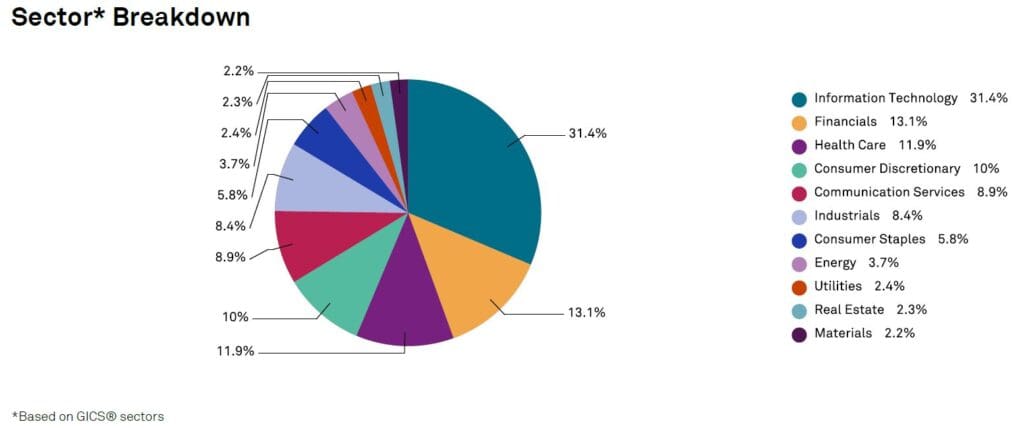
S&P Dow Jones Indices (as of July 31, 2024)
This sector has been performing on par with S&P 500 as per shown in the chart below:
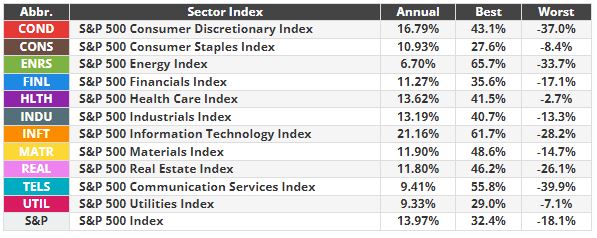
The healthcare sector is made up of companies that provide products & services of medical care to individuals or communities. Companies within this sector mainly focus on treating patients with curative, preventive, and rehabilitative care. They also provide medical care to meet the health needs of the population, such as mental health, chronic disease management and diabetes.
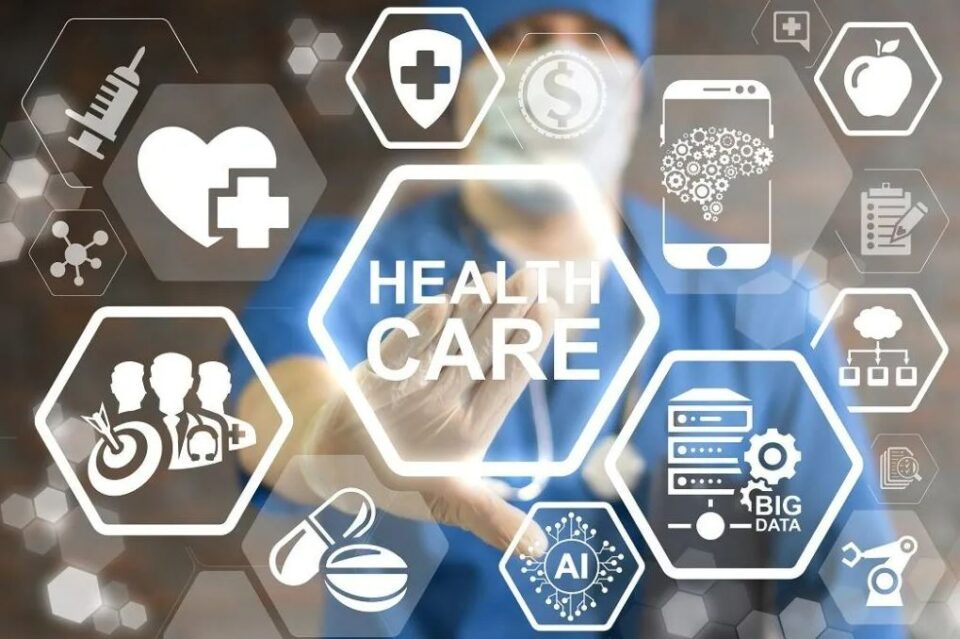
There are a total of 6 industries that made up the healthcare sector:
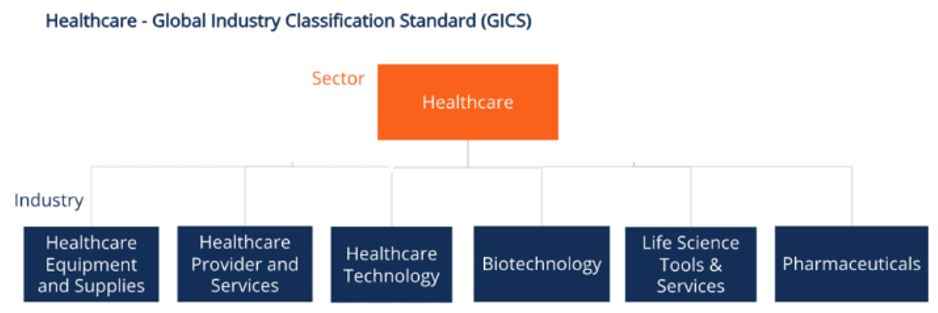
Biotechnology
- Perform research & development (R&D) or manufacture products based on genetic analysis & genetic engineering.
Healthcare Equipment & Supplies
- Manufacture medical equipment & supplies, such as crutches, hospital supplies & MRI machines.
Healthcare Providers & Services
- Companies that own or operate healthcare facilities, such as hospitals, rehabilitation centres & animal shelters.
Healthcare Technology
- Perform R&D and analyse data to innovate current healthcare practices with technology.
Life Sciences Tools & Services
- Provide analytical tools, clinical testing services and contract research services.
Pharmaceuticals
- Perform R&D and produce drugs, and vaccines derived from chemicals.
HEALTHCARE SECTOR HISTORICAL PERFORMANCE
The chart below illustrates the past 10 years’ historical performance of the healthcare sector.
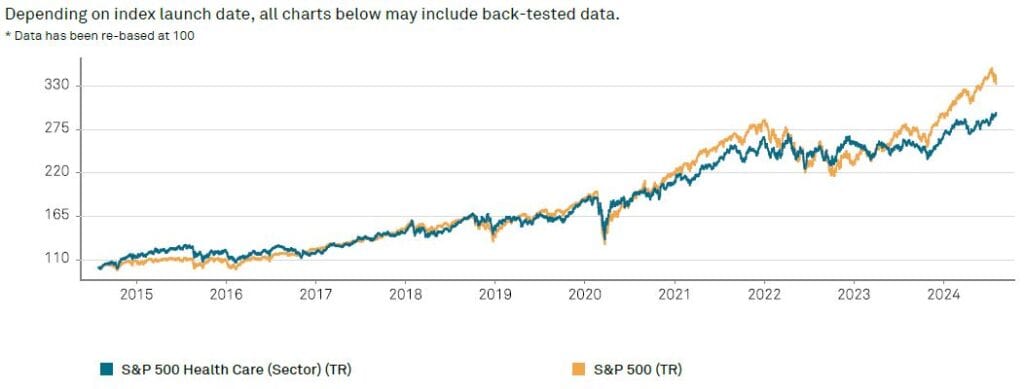
Since 2015, the S&P 500 Healthcare Sector ETF (XLV) has been performing on par with S&P 500. However, due to the emergence of COVID-19, there was a sharp drop in XLV in 2020, but it was followed by a strong rally when the government provided the stimulus package to help with the population who need help to tide over the crisis.
In the post-COVID years after 2023, XLV has been performing slightly lagging behind S&P 500. One of the reason was due to the AI boom (as 31.4% of S&P 500 is made up of Information Technology sector) that led to the rapid increment in S&P 500.
Nevertheless XLV ETF has slowly increasing as the population will still require medical assistance to combat various diseases and chronic medical conditions.
HEALTHCARE EQUIPMENT AND SUPPLIES INDUSTRY
The healthcare equipment and supplies industry consists of companies that supply diagnostic, monitoring and treatment equipment and also medical supplies to healthcare providers and facilities.
To keep things simple, we will explore the industry in 2 parts – Healthcare Equipment and Healthcare Supplies:
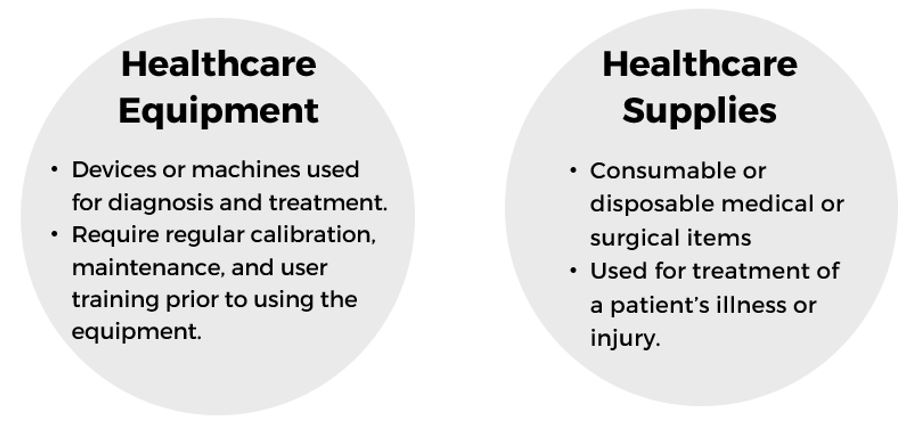
HEALTHCARE EQUIPMENT
There are two main types of healthcare equipment that are used for diagnostic and treatment.

- Diagnostic equipment is being used to identify and evaluate the patient internally without performing surgery.
- Treatment equipment is devices being used to cure or treat a patient’s medical condition.
Other than these two types of equipment, there are also other types of medical devices that are being used by medical professionals to treat patients, such as implants or monitoring devices.

HEALTHCARE SUPPLIES
Healthcare supplies are mostly disposable medical or surgical items, used to treat patients’ illnesses or injuries. After it has been used, it will be disposed of to prevent wound contamination.
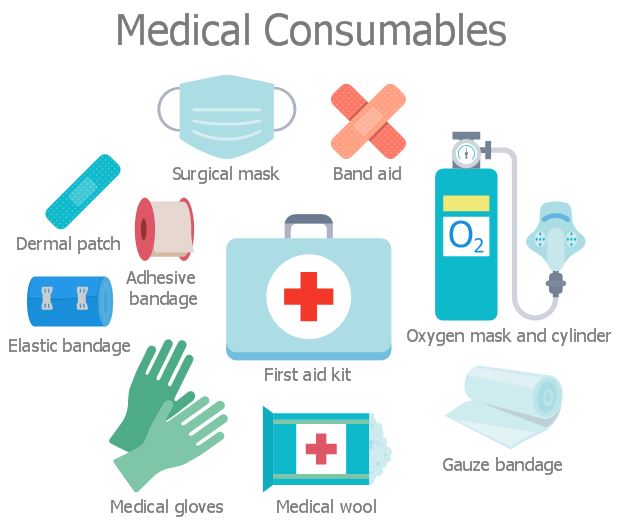
COMPANIES WITHIN THE INDUSTRY
In this section, we will be exploring some of the medical device companies in the world. The chart below shows the top 10 revenue-earning medical devices in the world in 2021.
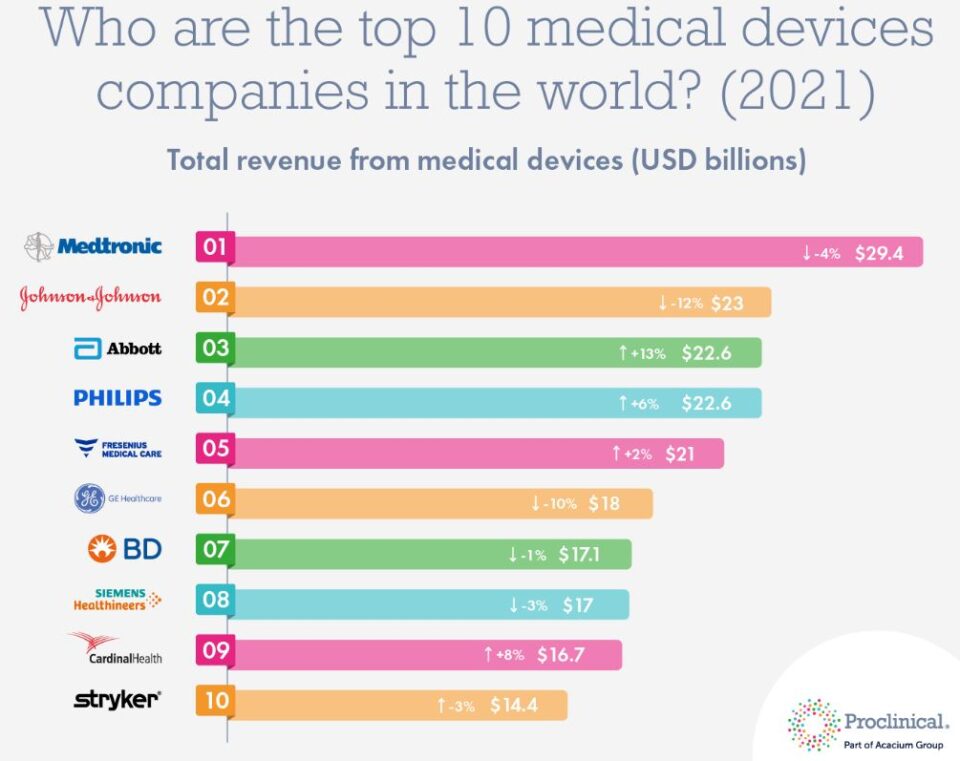
The highest earning revenue medical devices company in 2021 is Medtronic (USD 29.4 billion), followed by Johnson & Johnson (USD 23.0 billion), Abbott Laboratories and Phillips (USD 22.6 billion) coming in third place and fourth place.
The chart below shows the product range and business segments of the top 3 revenue earning companies:
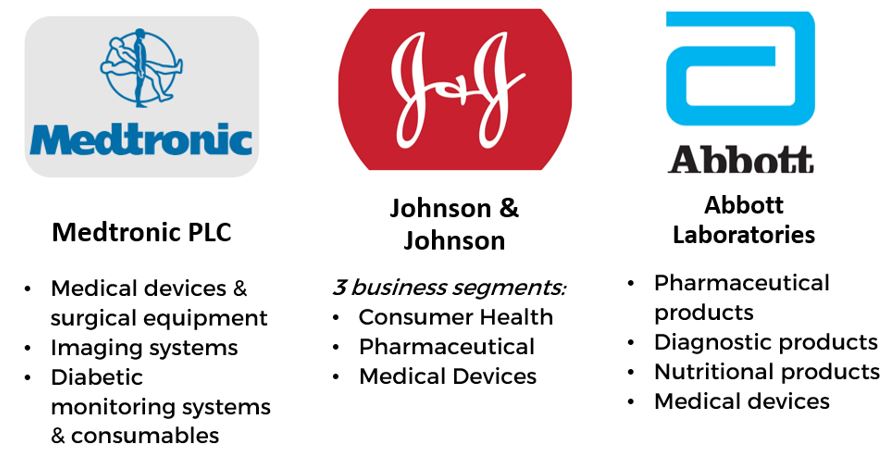
As value investors, we love to buy great companies at a discount price and earn multiple streams of income by investing in these good and profitable companies. However, we are not sure how or what the qualifying criteria make a company profitable to invest in, especially the top 3 revenue-earning medical device companies shown above.
In addition, we may also become indecisive to choose or analyze a good company to invest in with many different sectors and industries to choose from. This has stopped many people from taking action to invest due to this fear and uncertainty.
Fret not! Cayden has assembled a team of great passionate authors to study and research on potential good growth and undervalued companies. Click here to find out how to use minimal time and effort to learn and profit more from good growth, undervalued companies.
INDUSTRY HISTORICAL PERFORMANCE
The Healthcare Equipment and Supplies Industry performance is being tracked by SPDR S&P Health Care Equipment ETF (XHE). In the chart below showed the past performance of XHE for the past 5 years.
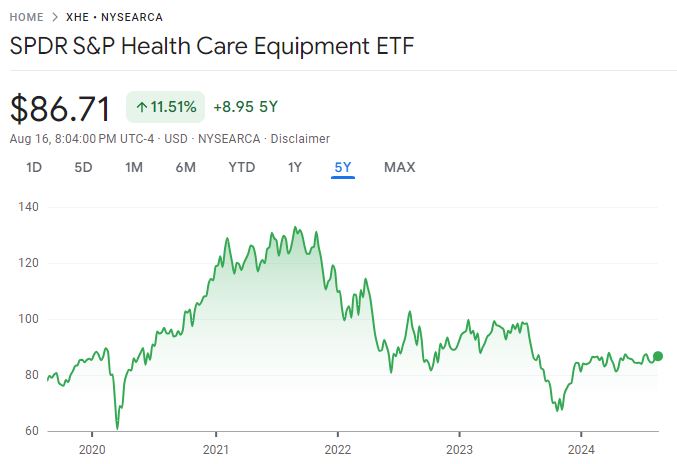
The XHE ETF is made up of a total of 66 medical device and supplies companies. The chart below listed out the top 10 holdings within the XHE ETF.
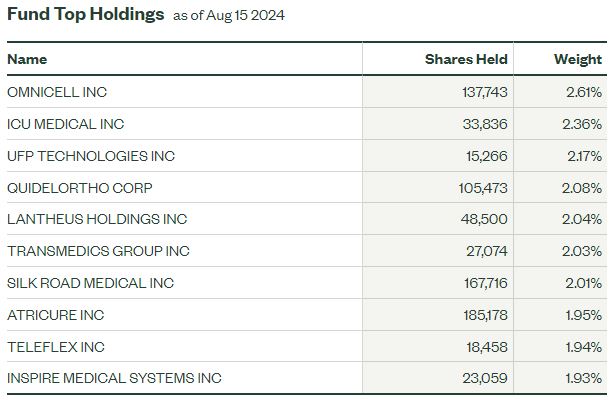
The highest weightage percentage within the ETF goes to Omnicell Inc (OMCL), followed by ICU Medical Inc (ICUI) and UFP Technologies (UFP).
FUTURE POTENTIALS
Based on the research done by Precedence Research in 2021, it is estimated that the booming healthcare industry in the following decade will continue to grow and the medical devices market size is expected to reach USD 850 million in 2030.
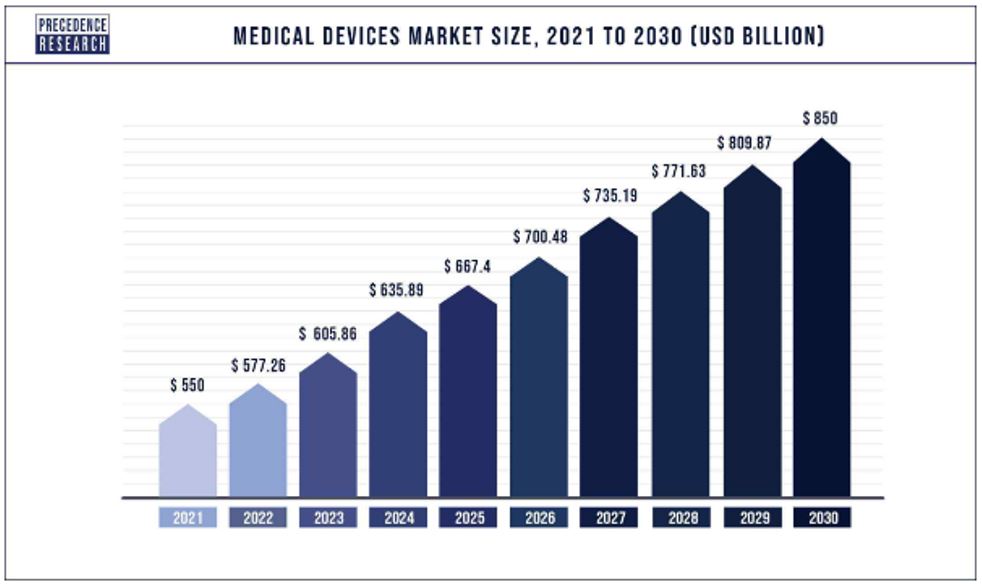
Precedence Research
Some of the reasons for this industry growth are due to the increasing ageing population worldwide and the usage of technology in the medical field, e.g. Internet of Medical Things (IoMT).
1. DEMOGRAPHICS
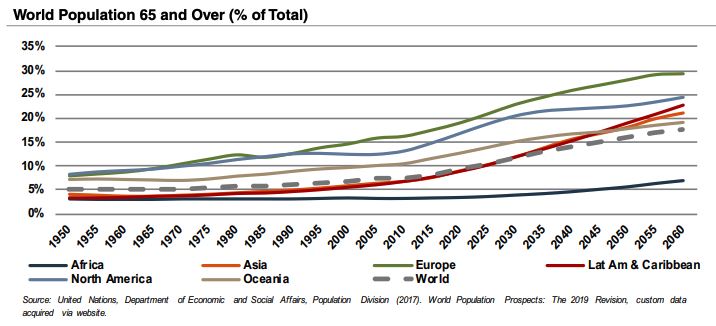
The world population aged 65 and above have been steadily increasing since the start of the 2000s and grew much rapidly in the 2010s when baby boomers are stepping into their 50s. Baby boomers refer to the group of people who were born between 1946 and 1964.
As people get old, many of their body functions will start to deteriorate and require increased medical care to take care of and manage their health. As a result of this phenomenon, we will still see rapid growth in the healthcare industry to address the needs of this group of the population for the upcoming decades.
2. INTERNET OF MEDICAL THINGS (IOMT)
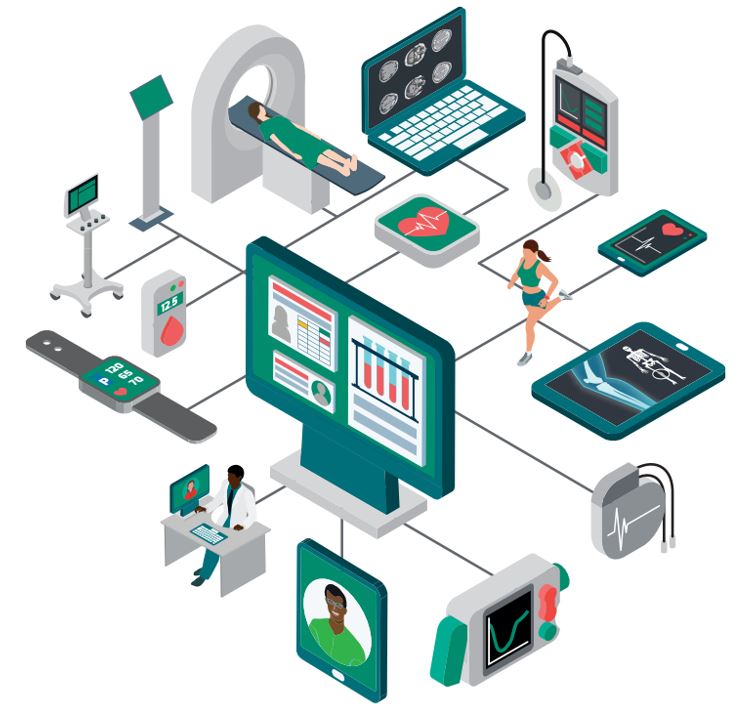
Deloitte Centre for Health Solutions
With the rise of technology, the medical field is adopting technologies to better improve healthcare facilities’ workflow and address the medical needs of their patients.
The Internet of Medical Things (IoMT) creates a connected infrastructure of medical devices, software applications, health systems and services that allow physicians and healthcare providers to better diagnose, treat and attend to their patient’s health needs.
In addition, patients can also choose to monitor their chronic diseases, such as diabetes at home via remote monitoring with the use of home-based medical devices and telemedicine.
POTENTIAL RISKS
In this section, we will also explore any potential risks within this industry that we need to be aware of before investing our money.
To make sure that the medical devices and supplies are clean and safe to be used by healthcare professionals, the devices will need to be first sterilized during the manufacturing process. One of the commonly used sterilizing agents is ethylene oxide gas.

However, recently the US Food and Drug Administration (FDA) has been limiting the use of this chemical substance as it was found that this substance can lead to short-term discomfort and possibly higher risks of cancer for long-term exposure.
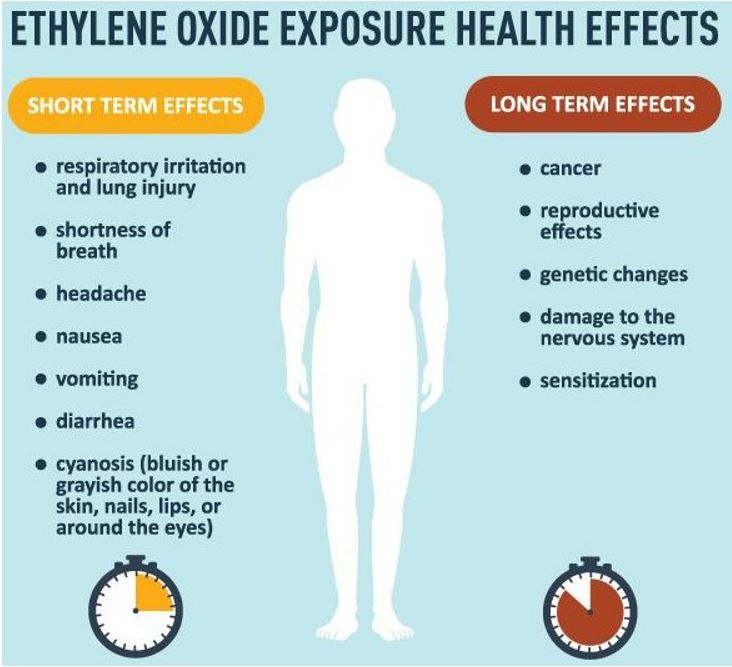
hseblog.com
As a result of this, there may be a possible shortage of medical devices being produced as about 50% of the medical devices require sterilization using ethylene oxide gas to sterilize. They may disrupt the production of medical devices as manufacturers might encounter problems sourcing other types of sterilizing agents.
Even though IoMT enables better diagnosis and treatment for patients, the connected infrastructure of the medical devices and software is facing higher prone to data breaches by hackers and cyberattacks.

The modes of attack could be installing ransomware on the connected devices or personal health information (PHI) stealing from the healthcare facility’s database. This may create hesitation among healthcare providers to adopt and perhaps delay in using the technology for the medical devices within their workflow.
CONCLUSION
Technology is advancing rapidly in our modern lives and has changed the way how we lived. This has also created potential growth in the IoMT for medical devices. Remote monitoring or telemedicine will also boost the usage of home-based monitoring medical devices for patients who wish to seek medical attention from the comfort of their homes.
However, to avoid cyberattacks and loss of healthcare data, advanced cybersecurity measures need to be set up to battle against hackers. Only then the healthcare facilities will speed up the technological transformation process to better improve the diagnosis and treatment process for the patients which may lead to the booming growth of this healthcare industry!
(We have also covered other recession-proof industries in IT Sector and Consumer Discretionary Sector.)
DISCLOSURE
The above article is for educational purposes only. Under no circumstances does any information provided in the article represent a recommendation to buy, sell or hold any stocks/asset. In no event shall ViA or any Author be liable to any viewers, guests or third party for any damages of any kind arising out of the use of any content shared here including, without limitation, use of such content outside of its intended purpose of investor education, and any investment losses, lost profits, lost opportunity, special, incidental, indirect, consequential or punitive damages resulting from such unintended use.












